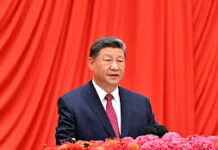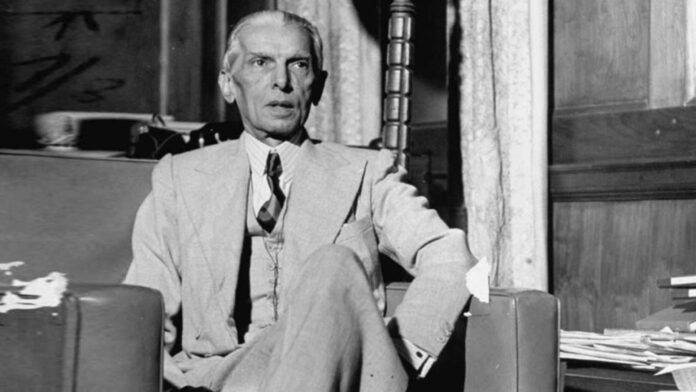Quaid-e-Azam Muhammad Ali Jinnah claimed himself to be the pupil and disciple of Gopal Krishan Gokhale, an Indian politician from Mumbai during the British Raj. The Quaid was not only attached to him, but also under his influence, especially in politics. Gokhale was an ideal as well as a hero for the Quaid. The Quaid proudly said that it was his ambition to be the Muslim Gokhale, and he said in his own words: “It is my ambition to be the Muslim Gokhale.”
The Quaid’s female friend Mrs. Sarojini Naidu, (née Sarojini Chattopadhyay, born 13 February 1879 at Hyderabad, died 2 March 1949 at Lucknow) the ‘Nightingale of India’, wrote in a biographical sketch of the Quaid’s: “‘It is my ambition to become the Muslim Gokhale’, confessed Muhammad Ali Jinnah in a priceless moment of self-revelation.”
Gopal Krishna Gokhale (born 9 May 1866 at Ratnagiri, died on 19 February 1915 at Pune), a Liberal Reformist, found M. A. Jinnah the best Ambassador of Hindu-Muslim Unity. He said that, “He has true stuff in him,…, and that freedom from all sectarian prejudice which will make him the best ambassador of Hindu-Muslim Unity.”
Though “the Ambassador of Hindu-Muslim Unity” was said for the Quaid the first time by Gopal Krishna Gokhale, Sarojini Naidu took it as the title for M. A. Jinnah, in her essay “Muhammad Ali Jinnah: An Ambassador of Unity: A Pen Portrait.” She further said in her own words that:
The Quaid’s female friend Mrs. Sarojini Naidu, (née Sarojini Chattopadhyay, born 13 February 1879 at Hyderabad, died 2 March 1949 at Lucknow) the ‘Nightingale of India’, wrote in a biographical sketch of the Quaid’s: “‘It is my ambition to become the Muslim Gokhale’, confessed Muhammad Ali Jinnah in a priceless moment of self-revelation.
“But it is nonetheless his personal triumph and a testimony to his authentic mission that he stands approved and confirmed by his countryman not merely as an ambassador, but as an embodied symbol of the Hindu-Muslim Unity.”
The Quaid performed his role to unite both Muslim and Hindus. For, this, he acted and participated in both: in discussion about the Muslim University; and at the Joint Congress-League Committee, at Lucknow. Mrs. Sarojini Naidu took it as a large share in Hindu-Muslim Unity, of the Quaid, along with others from both sides of Muslims as well as Hindus. She narrated it thus: “It is an open secret that his was a large and responsible share in the recent discussions regarding the Muslim University as well as the anxious deliberations of the joint Congress-League Committee that sat at Lucknow last year to formulate a scheme of Indian reform elaborated from Memorandum of the Nineteen.”
In her Pen Portrait of the Quaid, she declared his ambition to become the Muslim Gokhale, as his ‘fair ambition’. She wrote that: “Who can foretell the secrets of tomorrow? Who can foresee the hidden forces that sometimes work to build our destiny higher than our dream? Perchance it is written in the book of the future that he whose fair ambition it is to become the Muslim Gokhale may in some glorious and terrible crisis of our national struggle pass into immortality as the Mazzini of the Indian Liberation.”
The Quaid always tried his best, for the fulfillment of his dreamy and unique ambition to become The Muslim Gokhale.























